Growing hops (Humulus lupulus) is a passion many gardeners and homebrewers share. This precious ingredient, which gives beer its distinctive flavour, can be grown in your garden and used to make your own craft beers. However, after harvest, an essential step is to dry and store hops correctly to preserve aroma and properties, ensuring optimal use in brewing recipes. This practical guide will take you through the process of drying and storing hops so you can enjoy your harvest for many months.
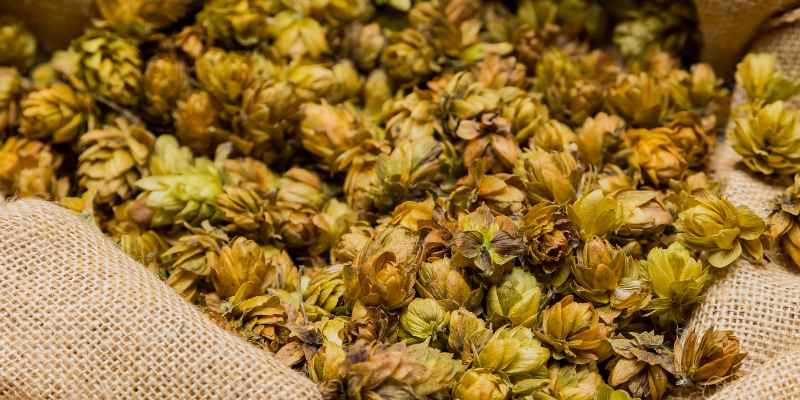
Uses of hop cones
Hops is a plant as beautiful as it is useful. Cones can be used fresh or dried depending on use.
- Brewing beer: the main use of hops is in brewing beer. The hop flowers, also called cones, are added during the brewing process to add bitterness to the beer, which helps balance malt sweetness. Hops also contribute to beer flavour and aroma, and help preservation by acting as an antiseptic. For brewing, hop cones are usually dried and often processed into pellets before being added to the beer.
- Culinary use: hops can be used in cooking. Young hop shoots can be cooked and eaten like asparagus. Hop cones can also be used in bread and other baked goods to provide a unique flavour.
- Medicinal use: hop is known for medicinal properties. It is commonly used as a natural sedative to help combat insomnia or anxiety. It is consumed as a tea (fresh or dried cones) or as a dietary supplement.
- Craft use: hop cones can be used to make wreaths or other decorations.
- Aromatherapy: hop cones are also used in production of hop essential oil, which can be used in aromatherapy or to scent products.
→ Find all our hop varieties in our online nursery.
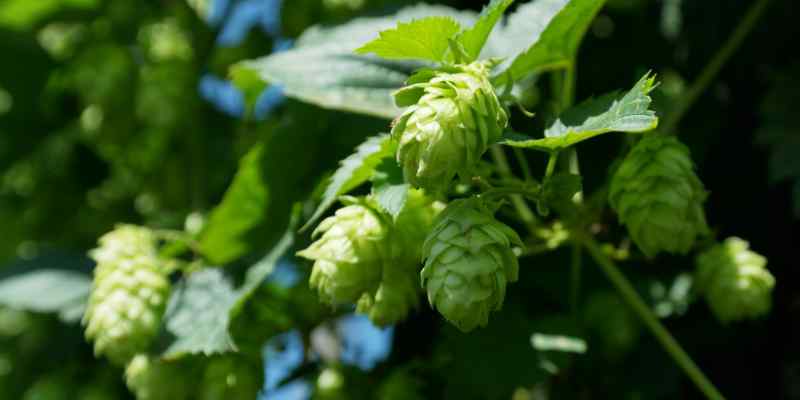
Harvesting hops
Hop cones are generally ready to harvest in late summer or early autumn, usually in August or September, though this can vary by region. Cones are ready when dry to the touch, slightly elastic, and when their scent is strong and reminiscent of a heavily hopped beer. Also, when you open a cone you should see a yellow powdery substance inside, called lupulin, which is the source of hop bitterness and aroma.
To harvest cones, simply detach each cone by hand, ideally wearing gloves. After harvesting, sort good from bad: cones that are brown, damp or give off an unpleasant odour should be discarded.
Warning!: some people may be sensitive to certain parts of the plant, which can cause allergic reactions or skin irritation. It is therefore recommended to wear gloves, long sleeves and safety goggles to minimise skin contact.
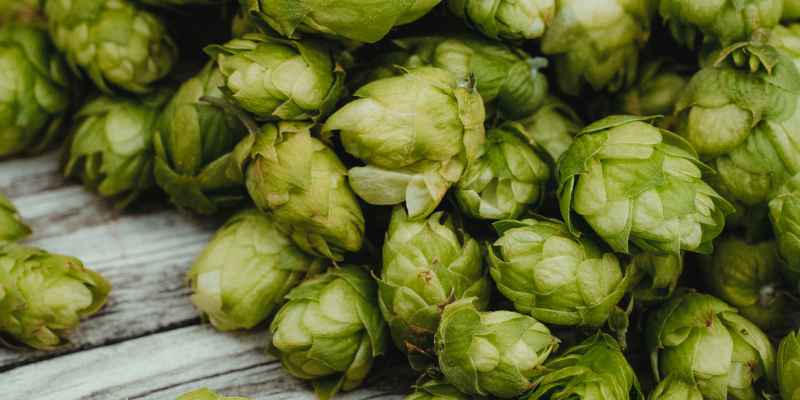
Drying and storing hops
Drying hop cones
Once cones have been harvested and sorted, they must be dried properly before use or storage. This can be done by spreading them in a single layer on a drying rack or other support that allows good air circulation, and leaving them in a warm, dry place for a few days until completely dry. Make sure they are not piled on top of each other to avoid mould.
Drying can take from a few days to a week, depending on conditions. You can also use a dehydrator at a low temperature if you have one. You will know hop cones are dry when the central stem is brittle and breaks easily. Cones should be dry but not overdried; they should retain a little suppleness.
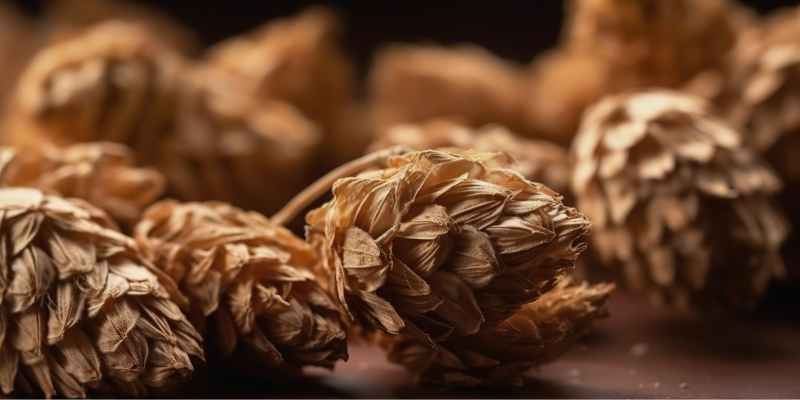
Storing cones
Once dried, hop cones can be stored in vacuum-sealed bags and kept in the freezer until ready to use.
Cold will help preserve hop quality and prevent oxidation. Remove as much air as possible from the bag before sealing to avoid oxidation.
Equipment needed
- Basket or bucket for harvest
- Garden gloves
- Drying rack
- Fan (facultative)
- Dehydrator (facultative)
- Sealable bags































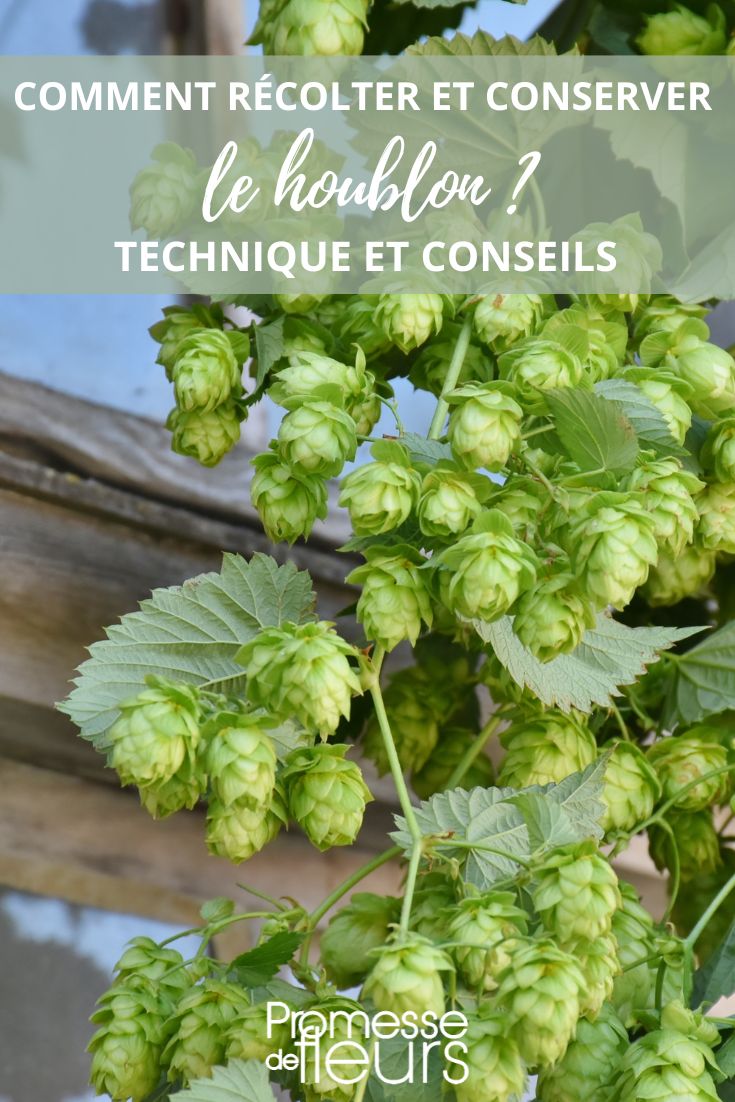
Comments